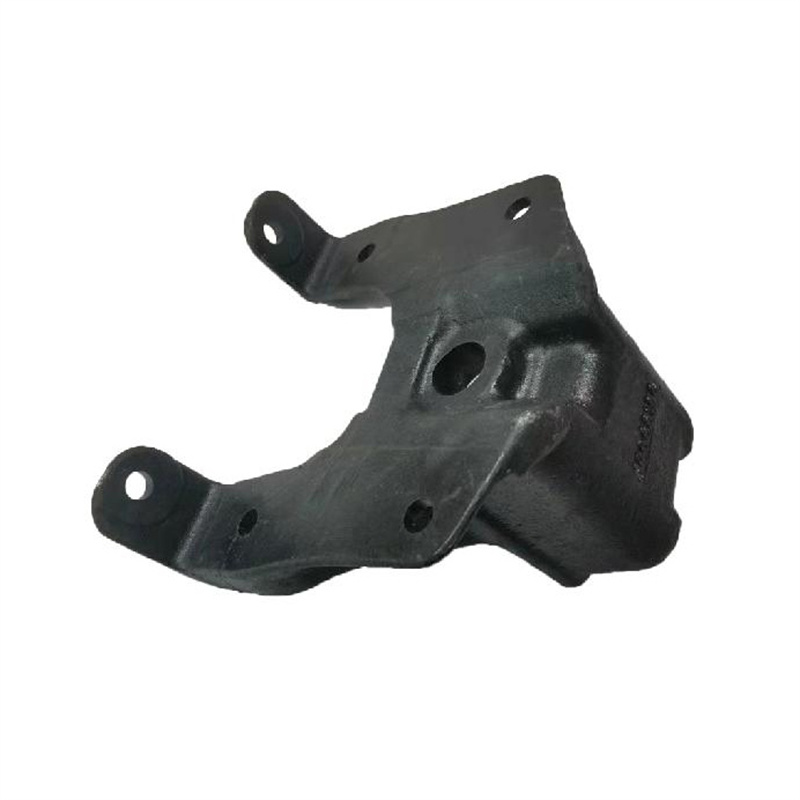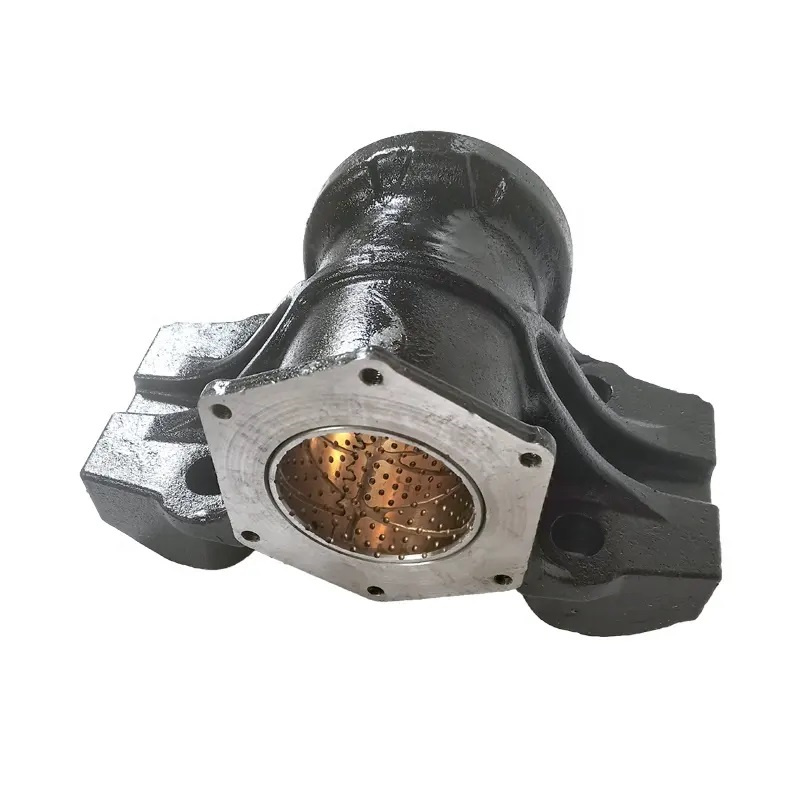There is a lot of stress involved in modern life. Some of it is felt by operators when the chassis rail, or a structural member attached to a chassis ladder fails.
Mechanical stress arises from weight and road forces. Mechanical stress flows through the structure starting at the weight points and getting onto the road via the axles and tyres. Nissan Truck Parts Spring Hanger

The art of the design is to keep stress at relatively low levels to avoid members breaking. A Factor of Safety based upon static loads of at least 3 is advisable.
This article is about how chassis designers and modifiers can minimise the chance of chassis failure, by keeping everyone’s stress within limits.
Hopefully operators who purchase modified trucks can be informed about what to look for and what to insist upon from the vehicle modifier.
The starting point is the chassis ladder, which is the ‘spine’ of any truck or trailer. It takes the form of a ladder formed by two long structural rails that are usually C-section steel on trucks, and cross members that are bolted through the web of the chassis rails.
The truck chassis rails are often reinforced by inserted C-section or L-section steel through the rear axle group installation.
Some heavy-duty trucks have the rail inserts running from front to back. Figure 1 illustrates the chassis ladder concept. Nearly all trucks, except for prime-movers, are modified.
Modifications should comply with the National Heavy Vehicle Modification Code VSB6, or with the truck manufacturer’s body builder guidelines.
The body builder will usually install a subframe under the body and attach it to the chassis rails. The subframe adds strength under the body.
The flexibility of the attachments determines how much of the subframe and body stiffness is transferred to the chassis ladder.
Trucks move on roads. The chassis ladder must be stiff enough to allow the wheel suspensions to work against a rigid structure. If it was infinitely stiff, then some wheels would not follow the road on a cross slope.
The best road handling comes from chassis rails with full insert reinforcements from front to back. To follow a road the chassis ladder must twist. The safest arrangement is for the chassis ladder to twist uniformly between the front and rear axle groups.
The engine and transmission stiffen the front of the chassis ladder. The body subframe and the rear axle group reinforces the stiffness at the rear of the chassis ladder.
Therefore, it is common for most of the chassis twisting to occur between the rear of the cabin and the front of the body subframe.
The most vulnerable location for chassis rail cracking is the short chassis space between the transmission and the start of the body subframe.
Rule 1: Fit flexible mounts at the two front body attachments on each side.
A flexible mount is shown in the Figure 2. Another option is to reinforce the chassis between the engine and the body subframe.
The chassis ladder experiences road shocks that are applied at the spring hangers (ie via the suspensions). Therefore, the chassis rails need to be reinforced through the suspension spring hanger region. A triangular shaped spring hanger will spread the load.
Rule 2: Spread the loads at spring hangers and keep other imposed loads away from the spring hangers.
Figure 3 shows one example where a spring hanger did not spread the load and where the cabin mount further loaded this location.
The consequence was a vertical crack running through four bolt holes (including one at the bottom through the chassis rail flange). The flanges of the chassis rails are usually C-section.
The rails on medium-duty trucks are often 350 – 400 MPa grade material (grade reports yield strength). Heavy duty trucks often have 700 – 800 MPa grade material chassis rails.
The chassis rail flanges should be clear because they provide much of the load-carrying strength and torsional stiffness.
Rule 3: Avoid putting holes into, or welds onto the chassis rail flanges. This is a requirement in VSB 6. I acknowledge that some truck manufacturers do put holes through the chassis rial flanges.
They rivet in cross-member flanges or rivet on flange reinforcements. This makes the flange vulnerable to fatigue crack initiation if the hole is in a high-stress region.
Strength should always be graduated to make best use of the materials.
Rule 4: Always graduate the structural strength in a heavily loaded location. Graduation means make gradual changes of strength by using tapered shapes or reinforcements.
Figure 4 shows how a substantial change in strength can cause a stress rise in the unreinforced section.

Spring Hanger Truck In this instance chassis rail twist could not be passed through the heavy attachment plate.